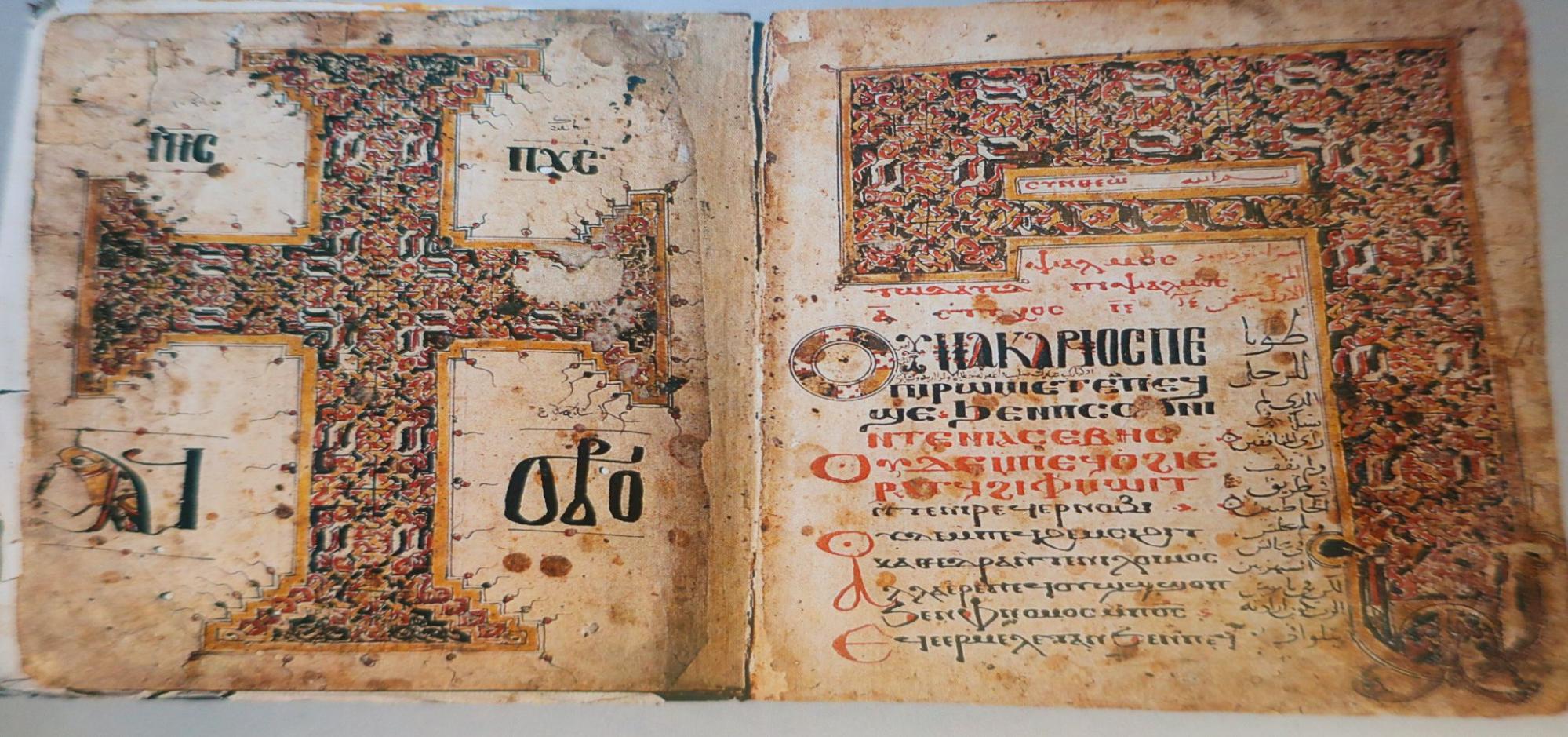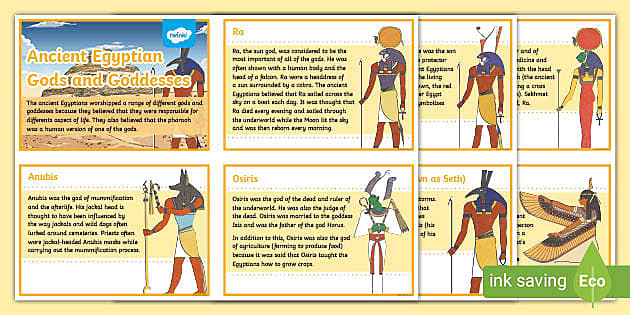Coptic Egyptian Heritage: A Journey Through Time
Source: www.magnificenttravel.com Ancient Coptic Civilization Origins and Development The ancient Coptic civilization traces its roots back to the early Egyptian society, showcasing a rich tapestry of cultural evolution. Emerging after the rise of Christianity in Egypt, Copts are considered the direct descendants of the ancient Egyptians. Their civilization flourished from the 1st to the 7th…

Ancient Coptic Civilization
Origins and Development
The ancient Coptic civilization traces its roots back to the early Egyptian society, showcasing a rich tapestry of cultural evolution. Emerging after the rise of Christianity in Egypt, Copts are considered the direct descendants of the ancient Egyptians. Their civilization flourished from the 1st to the 7th centuries, marked by advances in agriculture, textiles, and trade routes.
Religious Influence
Religion played a pivotal role in shaping the Coptic civilization, creating a unique fusion of Christian and ancient Egyptian beliefs. The Coptic Orthodox Church, one of the oldest Christian communities, became a vital part of society, influencing:
- Daily life and personal ethics
- Artistic practices and community gatherings
- Education and literacy rates
As the community evolved, they established monasteries, which became centers for learning and spiritual guidance.
Art and Architecture
Coptic art and architecture reveal deep spiritual connections and cultural heritage, characterized by distinct stylistic choices. Iconography embraced themes from both the Bible and ancient Egyptian mythology, resulting in captivating works that speak volumes about their beliefs, including:
- Frescoes in churches depicting biblical narratives
- Unique cross designs blending Christian symbolism with traditional motifs
- Constructed monastic complexes showcasing innovation in structural design
The architectural brilliance seen in Coptic churches and monasteries still draws admiration today, reflecting the mastery of ancient artisans committed to their craft.

Coptic Language and Script
History of the Coptic Language
Transitioning into the sphere of language, the Coptic language flourished as a result of Egypt’s linguistic evolution. Emerging from Ancient Egyptian dialects, it became prominent around the 1st century AD, primarily written in the Greek alphabet augmented with Demotic script symbols. This unique blend created a tool for both religious and secular texts.
Unique Characteristics
One of the fascinating aspects of Coptic is its distinct phonetics and grammar, which differ from its predecessors. Noteworthy features include:
- Alphabet: Uses 32 letters, most drawn from the Greek alphabet.
- Pronunciation: Retains sounds lost in earlier dialects, aiding pronunciation in liturgical contexts.
- Loanwords: Incorporates terms from Greek and Arabic, reflecting diverse influences.
Importance in Preserving Cultural Heritage
The Coptic language serves as a vital link to Egypt’s rich cultural tapestry. It preserves:
- Valuable religious documents, including liturgical texts and scripture.
- Historical narratives that provide insights into traditions and daily life.
- A sense of identity for the Coptic community today.
With dwindling speakers, efforts to study and promote the Coptic language remain essential for maintaining this cultural heritage, ensuring its legacy endures for future generations.

Coptic Christianity
Founding and Spread
Building upon the foundation of Coptic language and culture, Coptic Christianity emerged as a profound force in Egypt during the early centuries AD, traditionally credited to St. Mark’s arrival around 50 AD. This faith flourished, intertwining with Egyptian traditions, which contributed to its rapid dispersion throughout the Nile Valley and beyond.
Traditions and Practices
Coptic Christianity possesses unique traditions that highlight its rich historical tapestry. Celebrations, rituals, and sacraments reflect the integration of ancient customs with Christian beliefs, including:
- Coptic Lent: A 55-day fasting period leading to Easter, emphasizing spiritual renewal.
- Feast Days: Significant events like the Coptic Christmas heralding ancient festivities merged with Christian beliefs.
- Baptism and Communion: Essential rites that bind the community together, reinforcing shared faith and values.
Impact on Egyptian Society
Coptic Christianity has considerably influenced Egyptian society, embedding its values and ethics into the cultural fabric. It:
- Promotes education through religious schools, preserving ancient knowledge.
- Fosters community ties, providing social services and support systems.
- Enriches the arts, inspiring literature, music, and architectural prayer spaces.
Through centuries of perseverance, Coptic Christians have played a significant role in shaping Egypt’s identity, exemplifying resilience and devotion amid change.

Coptic Art and Iconography
Symbolism and Meaning
Transitioning to the vibrant world of Coptic art and iconography, this domain reflects a profound spiritual and cultural dialogue. Coptic artists employed rich symbolism to convey complex ideas and beliefs, merging Christian iconography with ancient Egyptian motifs. Common symbols include:
- The Anchor: Represents hope and steadfastness.
- The Fish: A symbol of Christ, deeply rooted in early Christian symbolism.
- The Cross: A central motif symbolizing faith, redemption, and the divine.
Each artwork narrates a story, allowing the viewer to connect with deeper spiritual truths.
Types of Artifacts
Coptic artifacts display a remarkable range that highlights the creativity and devotion of their makers. Notable types include:
- Frescoes: Beautifully painted scenes found in churches, narrating biblical tales.
- Textiles: Intricate woven pieces adorned with religious symbols, often used in liturgy.
- Iconography: Icons depicting saints and holy figures, often embellished with gold and vivid colors.
Each artifact serves not only as a religious emblem but also as a testament to the artistic skills of the time.
Influence on Modern Art
Coptic art’s rich heritage continues to inspire modern artists and designers today. Elements such as vibrant color palettes, intricate patterns, and symbolic narratives have permeated contemporary art trends. Many artists seek to reclaim these traditions, blending them with modern materials and styles. This revival creates a dialogue between past and present, showcasing the timelessness of Coptic themes. Through exhibitions and art collections, the legacy of Coptic art shines, breathing new life into age-old creations while fostering appreciation for cultural heritage in the 21st century.

Preservation Efforts of Coptic Heritage
Challenges in Conservation
As we reflect on the rich legacy of Coptic art, it’s crucial to address the pressing challenges in preserving this heritage. Many Coptic sites and artifacts face threats from urbanization, neglect, and environmental degradation. Additionally, the complexities of political stability in Egypt can hinder systematic conservation efforts. Key challenges include:
- Funding Shortages: Limited financial resources often delay restoration projects.
- Cultural Awareness: A lack of understanding about the significance of Coptic heritage among broader populations can lead to unintentional damages.
- Natural Elements: Erosion and climate change impact ancient structures and artifacts.
UNESCO World Heritage Sites
To combat these challenges, several Coptic sites have been recognized as UNESCO World Heritage Sites, elevating their status and ensuring vital attention for preservation. Examples include:
- St. Catherine’s Monastery: Nestled at the foot of Mount Sinai, this site not only reflects the spiritual essence of Coptic faith but also houses a treasure trove of manuscripts and ancient artifacts.
- The Monasteries of Wadi Natrun: A significant center of Coptic Christianity, these monasteries represent the essence of Coptic monastic life, embodying historical richness.
This recognition aids in securing funds and expertise needed for restoration and maintenance.
Role of Government and Organizations
The collaboration between the Egyptian government and various organizations is vital for safeguarding Coptic heritage. Initiatives include:
- Restoration Programs: Both governmental and non-governmental organizations are working on restoring historical sites and artifacts.
- Educational Campaigns: Raising awareness about the importance of preservation among local communities.
- International Partnerships: Collaboration with global heritage organizations to draw expertise and funding for sustainable preservation efforts.
These joint efforts contribute significantly to ensuring that Coptic heritage endures for future generations, allowing the community to maintain its identity and share its profound history with the world.






